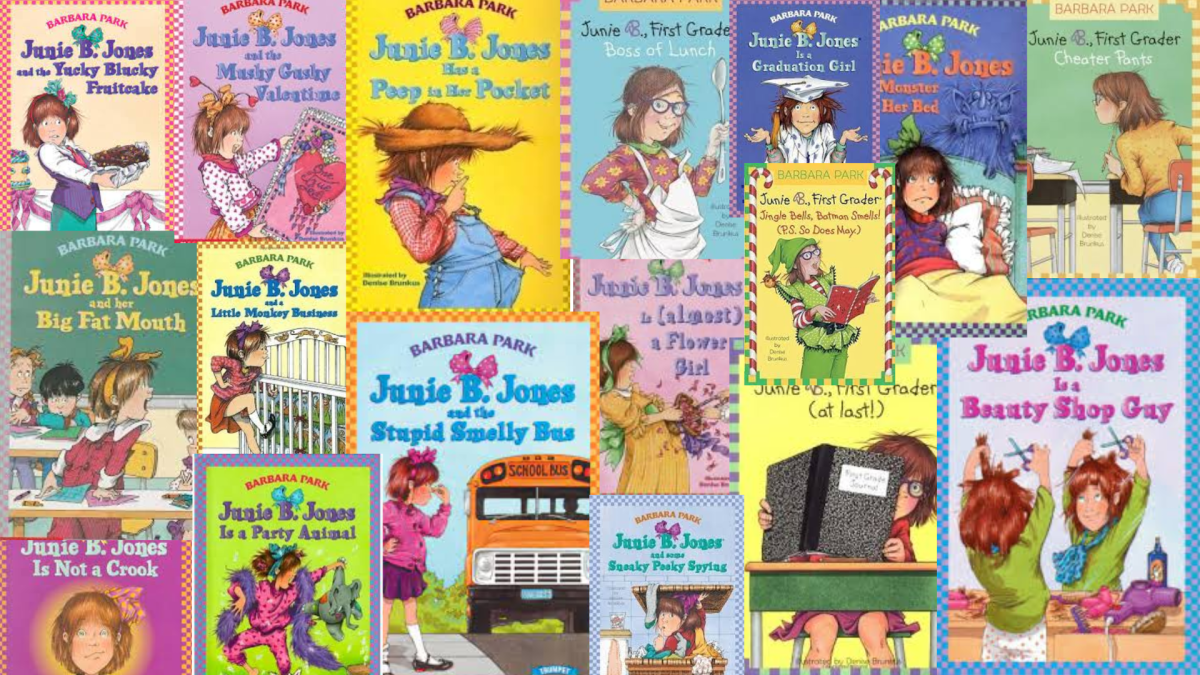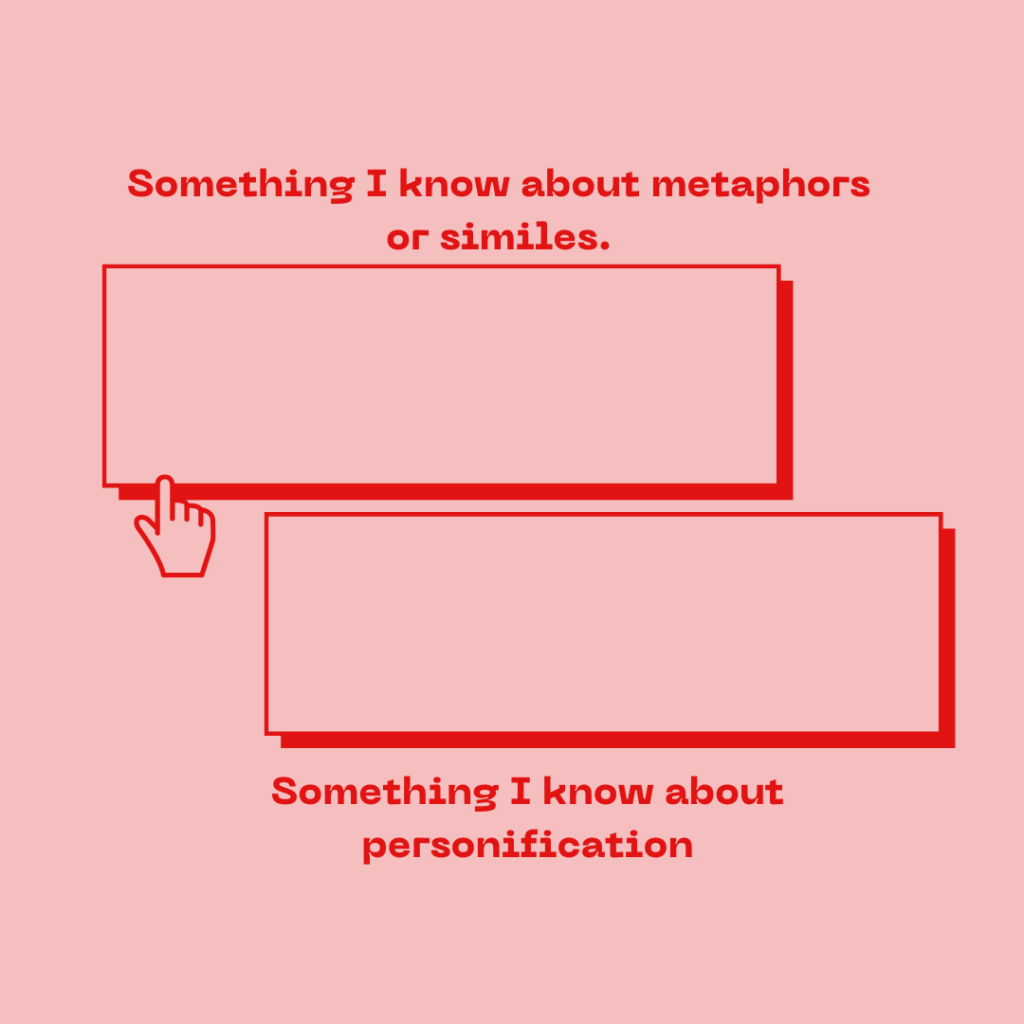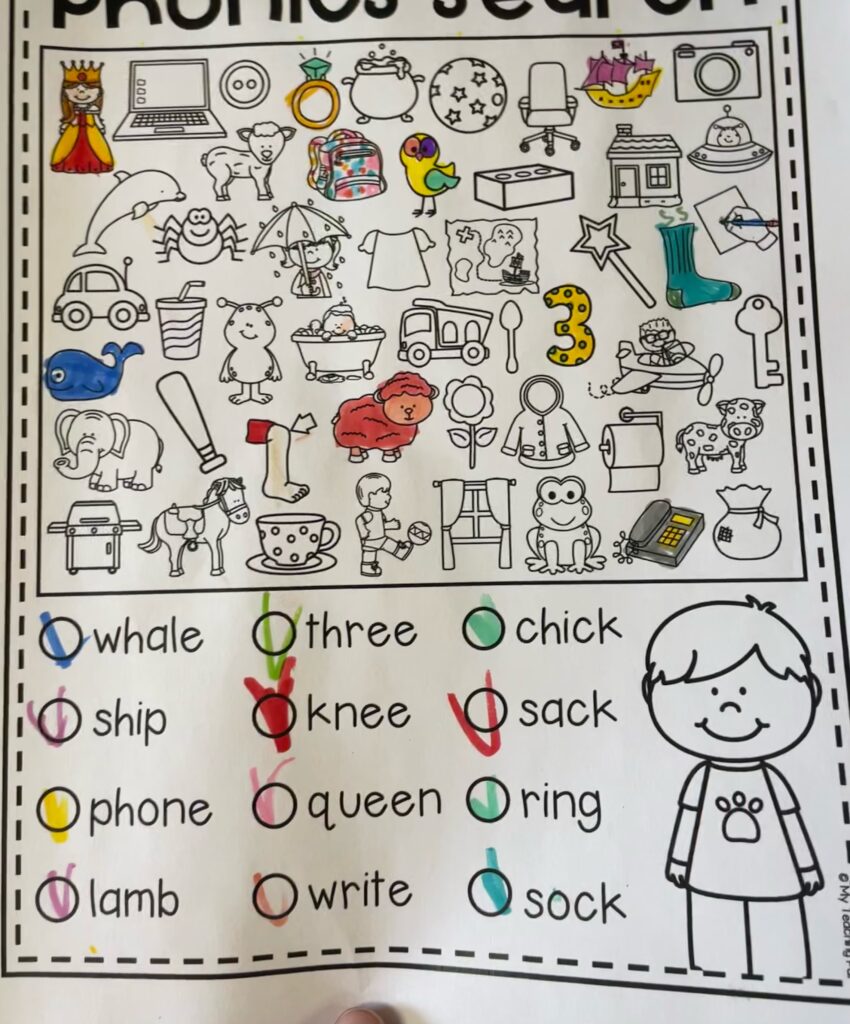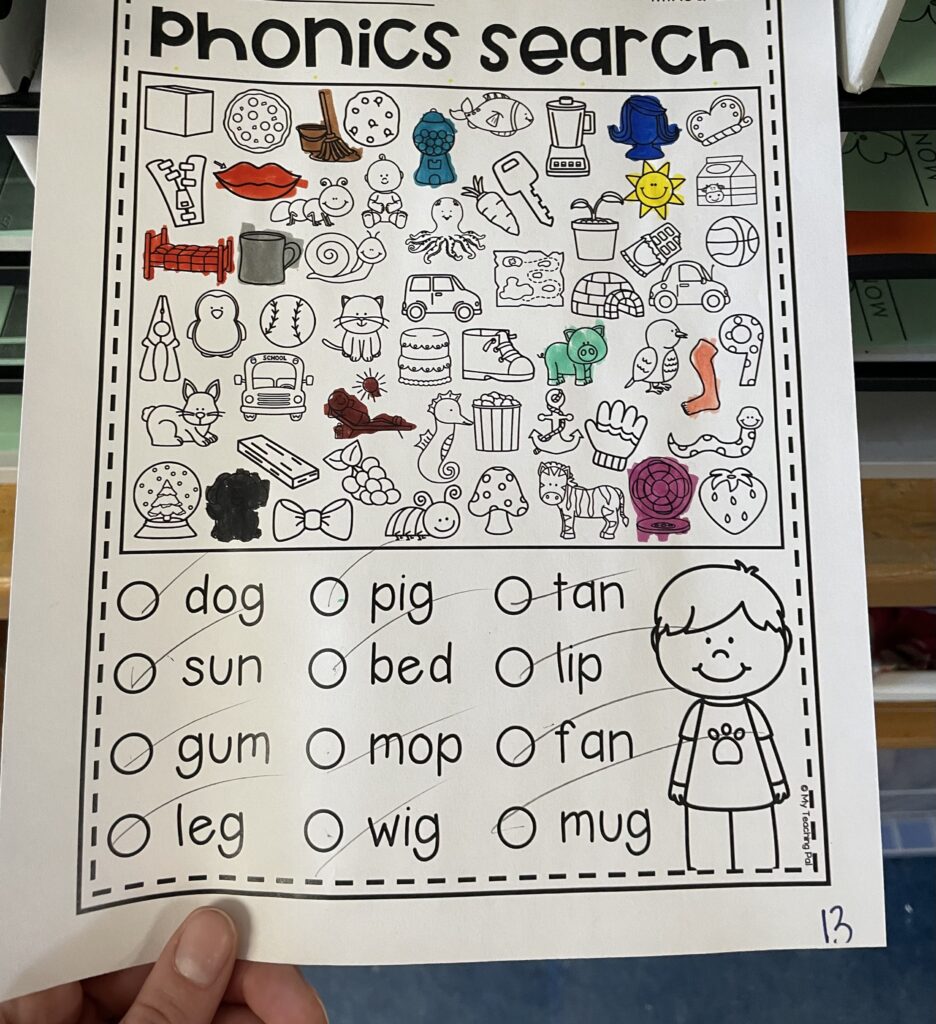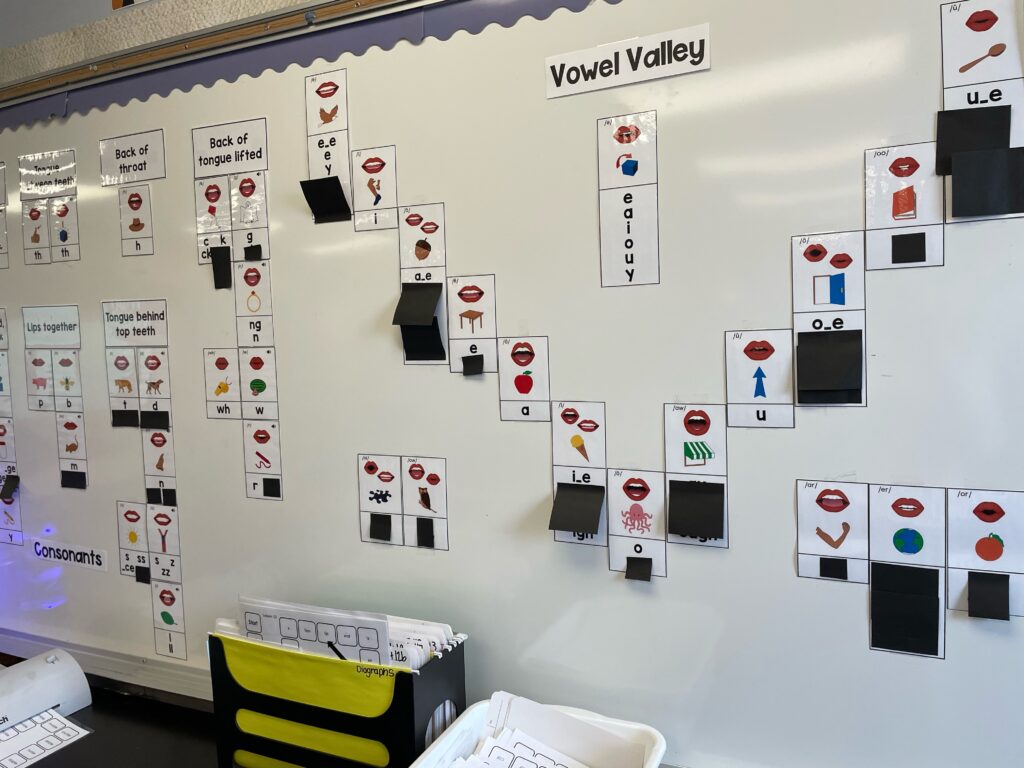Activity description: Phonics road maps are a board game for students to play in pairs or groups of 3. Students take turns rolling a dice, whatever number the dice rolls is how many spots they can move on the board. Each spot on the board has a word in it, when the students lands on it they must read that word. Then it is the next students turn. The teacher had different versions of the board with different levels of difficulty to continue challenging the students in their learning.

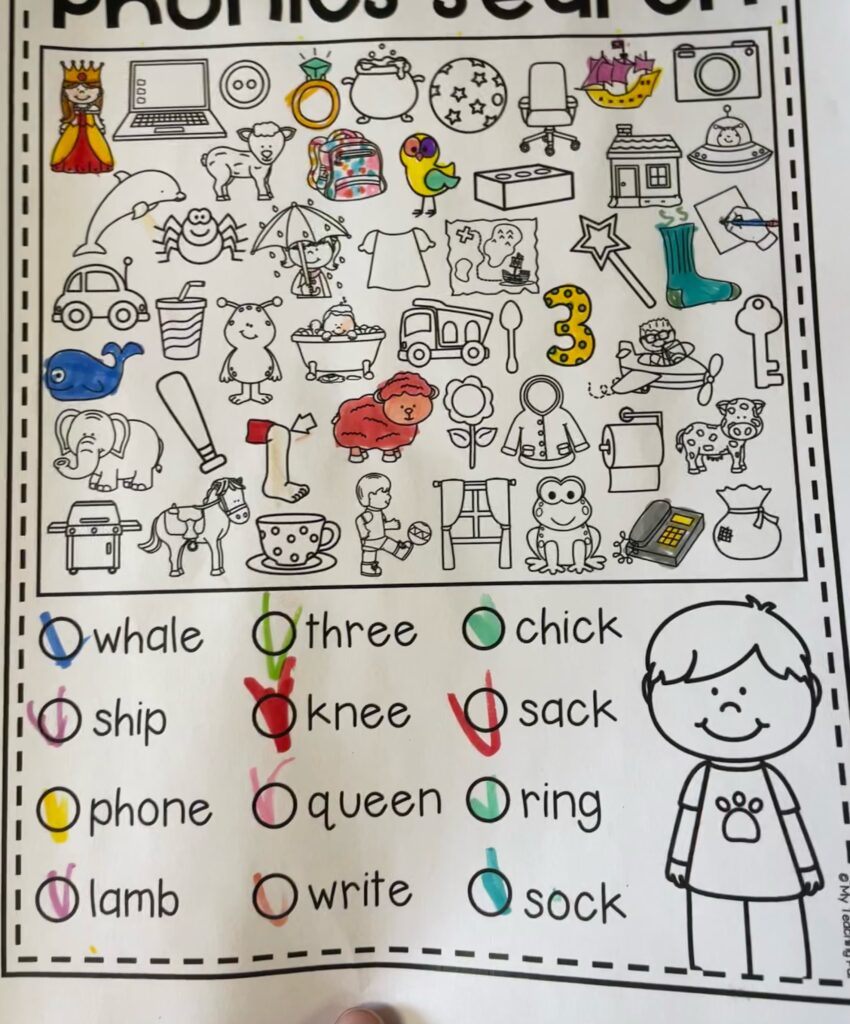
Curriculum connections
Big idea: Playing with language helps us discover how language works.
Curricular competency: Read fluently at grade level
Content: reading strategies – students are using phonic knowledge as a reading strategy to complete the word search
Core competency: Critical and reflective thinking. I chose this core competency as students must reflect upon their knowledge of phonics and sound blending when sounding out a word.
FPPL: Learning is embedded in memory, history, and story.

Reflection linking to the pro standards for B.C. educators: The roadmaps received a high-level of engagement from the students, with one student even claiming they were his all time favorite! It is super easy to customize these boards to tailor to students learning needs and then to make them more difficult as a student grows. These are also great as they require minimal direct instruction, so as a teacher you would have some free time to meet with students one on one or in small groups. This aligns with the fifth pro standard for B.C. educators, which includes effective planning, as implementing these kind of self operating games can be a great way for teachers to plan for one-one or small group learning.
